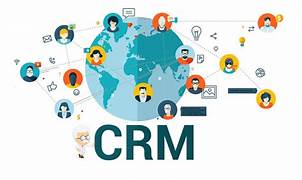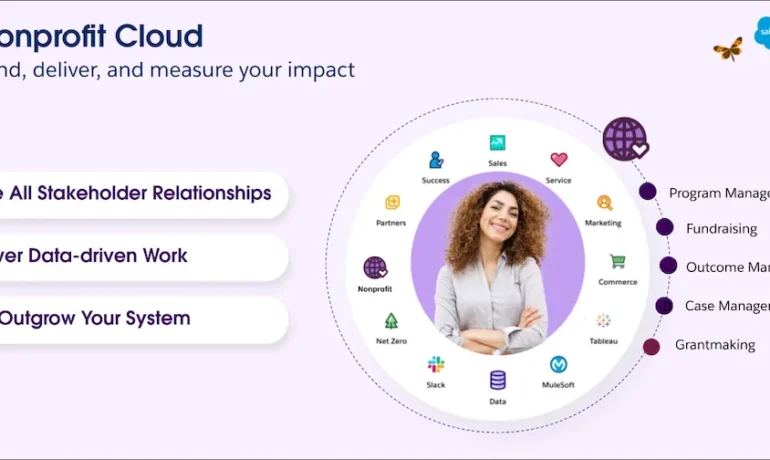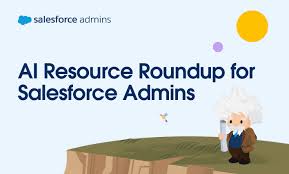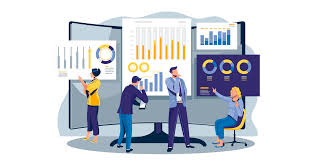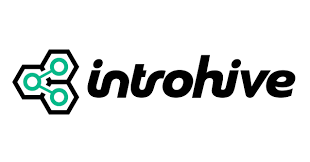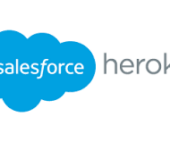Customer Relationship Management
Salesforce has transformed the way businesses manage customer relationships, sales, and marketing. Its capabilities extend into the events industry, enabling seamless integration for event planning, marketing, sales, and attendee engagement. By leveraging Salesforce, event organizers can streamline lead management, automate marketing campaigns, track event performance, and enhance attendee experiences. This guide explores how Salesforce can optimize event success and drive higher ROI. Managing Leads with Salesforce Effective lead management is critical to maximizing event ROI. Salesforce offers powerful tools to streamline lead capture, scoring, nurturing, segmentation, and tracking—helping sales teams convert attendees into customers. Seamless Lead Capture Salesforce integrates with event registration forms, mobile apps, and onsite check-in systems to: A centralized approach provides a 360-degree view of each attendee, empowering sales and marketing teams to act strategically. AI-Powered Lead Scoring Salesforce’s AI-driven lead scoring prioritizes leads by tracking: This data-driven approach helps sales teams focus on the most promising leads for personalized follow-ups. Automated Lead Nurturing Salesforce automation tools keep leads engaged post-event through: Advanced Lead Segmentation Salesforce enables lead categorization for targeted outreach: Tracking Sales Opportunities with Salesforce Beyond lead management, Salesforce empowers event teams with tools to monitor revenue-generating opportunities, such as ticket sales, sponsorship deals, and exhibitor partnerships. Comprehensive Opportunity Management Salesforce enables tracking of every stage of the sales process, including: Real-Time Sales Pipeline Visibility Salesforce’s pipeline management tools allow teams to: Customizable Sales Reporting Salesforce reporting capabilities help event organizers: Automating Event Marketing Tasks with Salesforce Marketing automation is key to scaling outreach, enhancing engagement, and driving conversions. Salesforce provides tools that streamline marketing efforts, personalize communication, and measure campaign success. Email Marketing Automation Salesforce automates email campaigns to ensure timely communication: Social Media Integration & Management Salesforce allows teams to manage and track social media engagement from one platform: Integrating Salesforce with Event Technology Seamless integration between Salesforce and event technology centralizes data, improves efficiency, and enhances engagement. Event Management Platform Integration Salesforce integrates with platforms like Cvent, Bizzabo, and Eventbrite to enable: Mobile Event Apps & On-Site Engagement Tools Syncing Salesforce with mobile event apps provides real-time insights and tracking: Marketing Automation Tool Integrations Salesforce enhances marketing efficiency by integrating with platforms like HubSpot, Marketo, and Pardot: Reporting and Analytics: Unlocking Actionable Insights Salesforce provides robust analytics to help organizers measure performance, optimize strategies, and maximize ROI. Customizable Reports for Event Insights Salesforce enables comprehensive reporting on: ROI Analysis for Strategic Planning Salesforce’s ROI analysis tools help organizers: Best Practices for Using Salesforce for Events To maximize Salesforce’s value in event management, organizations should adopt best practices: 1. Data Hygiene: Keeping Information Accurate 2. Training & Adoption: Empowering Teams 3. Customization: Tailoring Salesforce for Event Needs 4. Integration Strategy: Creating a Unified Event Tech Ecosystem By implementing these best practices, organizations can fully leverage Salesforce to enhance event success, improve attendee engagement, and drive higher ROI. Like Related Posts Salesforce OEM AppExchange Expanding its reach beyond CRM, Salesforce.com has launched a new service called AppExchange OEM Edition, aimed at non-CRM service providers. Read more The Salesforce Story In Marc Benioff’s own words How did salesforce.com grow from a start up in a rented apartment into the world’s Read more Salesforce Jigsaw Salesforce.com, a prominent figure in cloud computing, has finalized a deal to acquire Jigsaw, a wiki-style business contact database, for Read more Service Cloud with AI-Driven Intelligence Salesforce Enhances Service Cloud with AI-Driven Intelligence Engine Data science and analytics are rapidly becoming standard features in enterprise applications, Read more

